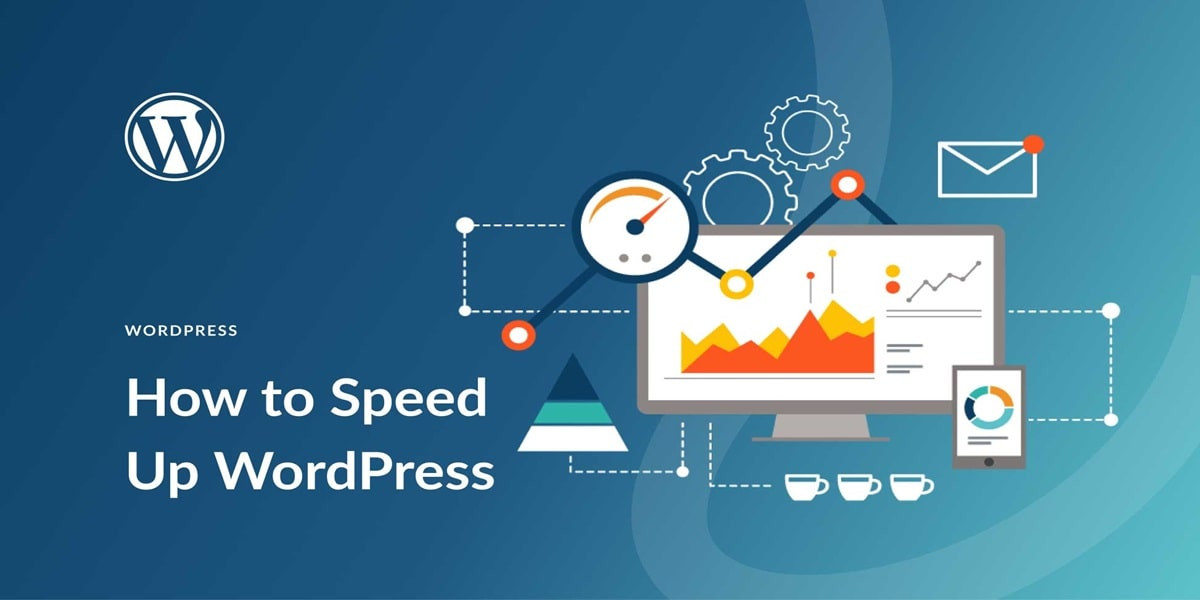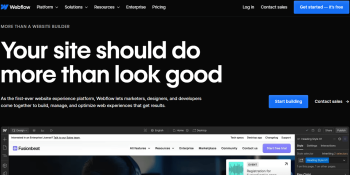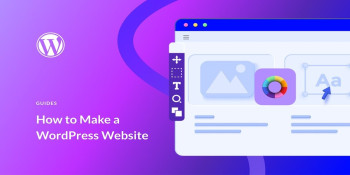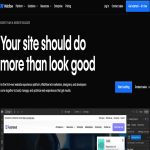Have you ever noticed that your WordPress website is loading slowly? This not only frustrates you, but it can also annoy your visitors. In a world where speed is crucial for user experience and SEO, a slow website can harm your performance. In this article, we’ll explain why the speed of your WordPress website is important and provide detailed steps to improve it. Let’s get started!
Why Is the Speed of a WordPress Website Often Slow?
-
Too Many Plugins:
Plugins are great for adding functionality to your website, but having too many can slow it down. Poorly coded or outdated plugins can cause significant problems. -
Non-Optimized Images:
Images are important for your website’s visual appeal, but large, unoptimized images can greatly increase load times. -
Bad Hosting:
The speed of your website starts with your hosting provider. A slow server or shared hosting with too many websites can negatively impact your site’s performance. -
Unoptimized Themes:
Not all WordPress themes are created equally. Some themes contain unnecessary code and features that can slow down your site’s load time.
How to Measure the Speed of Your WordPress Website
-
Use Tools Like Google PageSpeed Insights:
Google PageSpeed Insights is a free tool that helps you measure your website’s speed and provides recommendations for improvements. -
GTmetrix and Pingdom:
GTmetrix and Pingdom are other popular tools that offer detailed insights into your website's performance, including load time, file size, and the number of requests. -
Interpreting the Results:
It's important to correctly interpret the results from these tools. Identify the biggest bottlenecks and focus on solving those issues first.
Image Optimization
-
Compress Images Without Losing Quality:
Use tools like TinyPNG or Imagify to compress images without compromising quality. -
Use the Correct File Formats (JPEG, PNG, WebP):
Choose the right file format for your images. JPEG works best for photos, PNG for transparent images, and WebP often provides the best compression without quality loss. -
Implement Lazy Loading:
Lazy loading ensures images are only loaded when they come into view, speeding up page load times.
Optimize Plugins and Themes
-
Remove Unused Plugins:
Deleting unused plugins can speed up your site and reduce security risks. -
Choose Lightweight and Optimized Themes:
Opt for themes that are optimized for speed, with clean code and minimal extras. -
Regularly Update Plugins and Themes:
Ensure that your plugins and themes are up-to-date to benefit from the latest improvements and security patches. -
Remove Revisions and Spam Messages:
Delete old post revisions and spam comments to keep your database small and fast.







